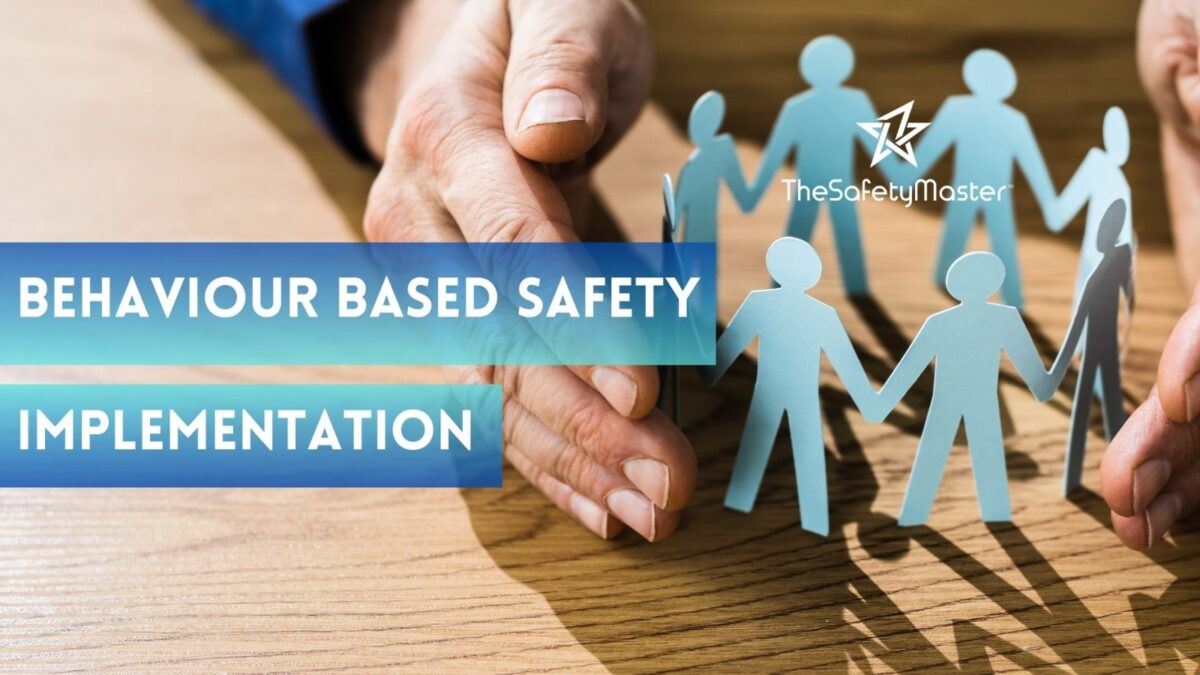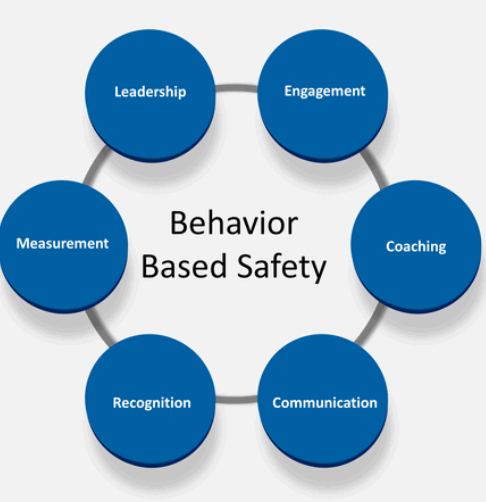Role of Leadership in Promoting a Culture of Safety: A Behavior-Based Safety Audit Approach

Training & Certification Challenges in Construction Safety Manpower
June 17, 2024
Excavation and Trenching Safety
June 22, 2024Introduction
Behavior-Based Safety (BBS) is a proactive approach to workplace safety that emphasizes the identification and reinforcement of safe behaviors. This method relies on observing workers’ actions, providing feedback, and promoting positive behavior to prevent accidents and injuries. Central to the success of BBS is the role of leadership. Leaders set the tone for safety culture, influence employee behavior, and ensure the implementation of safety practices.
The Foundations of a Safety Culture
A strong safety culture is built on several key elements: clear communication, employee involvement, continuous learning, and robust safety systems. Leadership commitment is paramount as it drives these elements forward. Leaders must prioritize safety in their policies and actions, demonstrating that safety is not just a compliance issue but a core value of the organization.
Clear communication ensures that safety expectations are understood by all employees. When leaders engage in open dialogues about safety, they create an environment where employees feel empowered to speak up about potential hazards. Employee involvement in safety programs encourages ownership and accountability, while continuous learning through training and education keeps safety practices up-to-date. Robust safety systems provide the structure needed to maintain high safety standards.
Leadership’s Role in Behavior-Based Safety
Leaders play a critical role in Behavior-Based Safety by setting expectations for safety performance, allocating resources for safety initiatives, and modeling safe behaviors themselves. When leaders visibly participate in safety activities, such as safety audits and training sessions, they reinforce the importance of these activities to their teams. By acknowledging and rewarding safe behavior, leaders can motivate employees to follow suit, creating a positive feedback loop that enhances overall safety culture.
Setting expectations involves clearly defining what constitutes safe and unsafe behavior. Leaders must ensure that these expectations are communicated effectively and consistently. Providing resources means allocating time, budget, and tools necessary for implementing BBS programs. Modeling behaviors is about leading by example; when leaders consistently demonstrate safe practices, employees are more likely to adopt similar behaviors.
Conducting a Behavior-Based Safety Audit
A Behavior-Based Safety audit involves several key steps:
- Preparation: Leaders must ensure that the audit team is well-trained and equipped with the necessary tools and knowledge. This includes selecting individuals who are observant, impartial, and capable of providing constructive feedback.
- Observation: Observers watch employees as they perform their tasks, noting both safe and unsafe behaviors. This step requires discretion to avoid disrupting workflows and making employees feel uncomfortable.
- Feedback: Immediate and constructive feedback is provided to employees to reinforce safe practices and correct unsafe ones. Positive reinforcement helps build confidence and encourages repetition of safe behaviors.
- Analysis: Data from observations are analyzed to identify patterns and areas for improvement. This step involves compiling and reviewing observation records to detect trends that may indicate underlying safety issues.
- Action Planning: Leaders must facilitate the development and implementation of action plans based on audit findings. This includes setting measurable goals, assigning responsibilities, and monitoring progress to ensure continuous improvement.
Throughout this process, leadership’s involvement is crucial. They need to support the audit team, ensure transparency, and foster an environment where employees feel comfortable discussing safety concerns. Effective communication and follow-up actions are essential to demonstrate commitment and drive positive change.
Case Study: Effective Leadership in BBS
A notable example of effective leadership in BBS is The Safety Master’s approach in a manufacturing company. The leadership team committed to a zero-accident goal and actively participated in safety audits. They provided regular training sessions and celebrated safety milestones, significantly reducing the incident rate over two years. This case illustrates how leadership commitment to BBS can transform workplace safety culture.
The company’s leaders were actively involved in every aspect of the BBS program. They led by example, frequently engaging with employees on the shop floor, and reinforcing the importance of safety in daily operations. Their consistent support and visible participation in safety activities created a culture where safety was viewed as a shared responsibility.
Challenges and Solutions in Promoting Safety Culture
Promoting a safety culture through BBS can be challenging. Common issues include resistance to change, lack of engagement, and insufficient resources. Leaders can overcome these challenges by:
- Communicating the benefits of BBS: Clearly explain how BBS improves safety and operational efficiency. Use data and real-life examples to illustrate the positive impact of BBS on reducing accidents and improving morale.
- Engaging employees: Involve employees in safety discussions and decision-making processes. Create forums for feedback and encourage employees to share their insights and suggestions.
- Providing necessary resources: Ensure that sufficient time, budget, and training are allocated for safety initiatives. Invest in the tools and technologies needed to support BBS activities.
Conclusion
In conclusion, leadership is pivotal in promoting a culture of safety through Behavior-Based Safety. By setting the tone, providing resources, and actively participating in safety initiatives, leaders can significantly enhance workplace safety. Organizations that invest in strong leadership for their BBS programs are more likely to see sustained improvements in safety performance and employee well-being. A committed leadership team that prioritizes safety not only protects employees but also fosters a positive and productive work environment.




